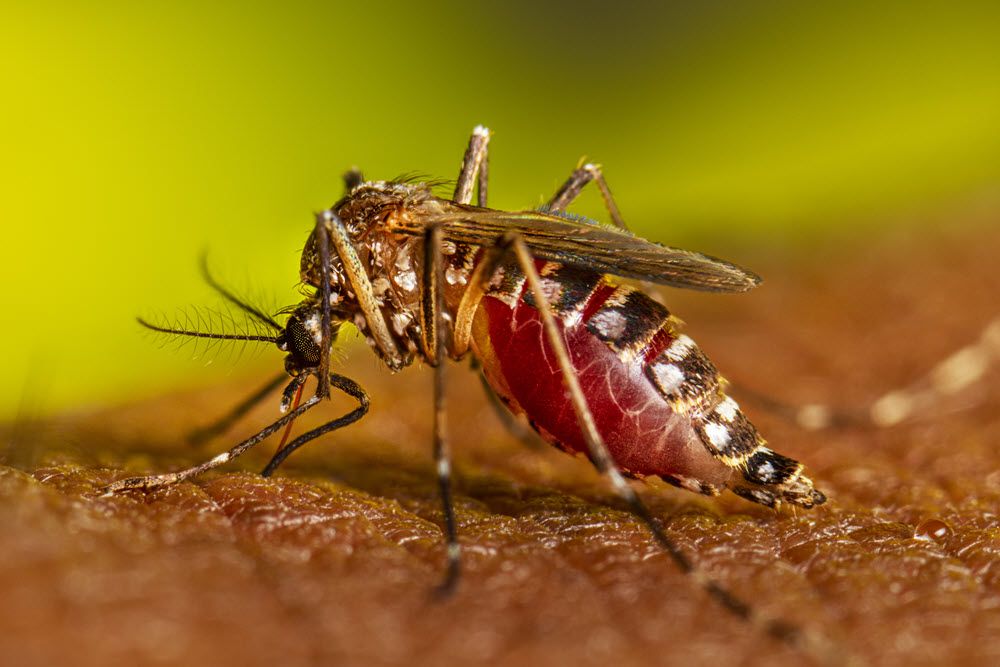The Gecko's Encounter: A Tale of Genetically Modified Mosquitoes in Florida
Once upon a time in a hot and humid town in Florida, there lived a curious little gecko named Gigi. Gigi was a Florida gecko, known for her shimmering scales, agile movements, and insatiable appetite for insects, especially mosquitoes. She spent her days and nights patrolling the leafy vegetation, chasing

Once upon a time in a hot and humid town in Florida, there lived a curious little gecko named Gigi. Gigi was a Florida gecko, known for her shimmering scales, agile movements, and insatiable appetite for insects, especially mosquitoes. She spent her days and nights patrolling the leafy vegetation, chasing down tasty insects for her meals.
In a nearby lab, scientists from a biotech company named Oxitec had developed genetically modified mosquitoes. These mosquitoes, designed to reduce the invasive Aedes aegypti's population, were unique. They were all non-biting males programmed to produce only viable male offspring. Aedes aegypti mosquitoes were known to carry diseases like Zika, yellow fever, and dengue, which posed significant health threats.
The Environmental Protection Agency had given its approval, and Oxitec released 2.4 billion of these modified mosquitoes into the wild. Among these billions, there was one, Mos, who was about to cross paths with our curious gecko, Gigi.
One hot summer night, Gigi spotted Mos. True to her nature, Gigi pounced and devoured the genetically modified mosquito in one swift movement. Unaware of the science involved, Gigi continued her hunt, blissfully ignorant of the genetic experiment she had just ingested.
Weeks passed, and Gigi remained her usual active and alert self. It appeared that consuming Mos, the genetically modified mosquito, had no discernible impact on Gigi. She continued her routine, partaking in the natural circle of life. From the outside, it seemed as though the genetic experiment had no effects on the local geckos.
Meanwhile, the Oxitec scientists monitored the mosquito population, noting a decline in the Aedes aegypti. The modified mosquitoes were doing their job, and the area's people began to breathe a sigh of relief as the mosquito menace decreased.
Despite the success, critics raised concerns about potential impacts on the local ecosystems. "What about the creatures that feed on these mosquitoes?" they asked. "Have we considered the consequences for them?"
Back in her leafy home, Gigi, the unwitting participant in this grand experiment, continued to thrive. The tale of Gigi and Mos serves as a reminder of the delicate balance in nature. As we forge ahead in the realm of genetic modifications, it's crucial to remember the interconnected web of life.
While the story of the Florida gecko and the genetically modified mosquito may seem insignificant in the face of scientific advancement, it underlines an essential message. It prompts us to pause and consider not just the targeted impact of our actions, but the ripple effect they might have on the broader ecosystem. For Gigi, life continued as usual, but as we proceed with genetic engineering advancements, it's imperative to understand the potential long-term implications fully. After all, nature, in its infinite wisdom, maintains a delicate balance, and each creature, no matter how small, plays a vital role.




